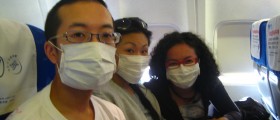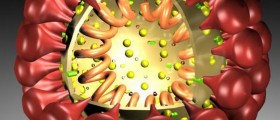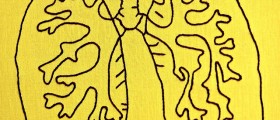
SARS infection is characterized by series of flu-like symptoms. Patients will usually experience fever, pain in the muscles, lethargy, gastrointestinal problems, sore throat, persistent cough, shortness of breath and other symptoms. Symptoms may differ from one person to another, but all of them share one common feature: severely elevated body temperature of above 100.4 °F.What causes SARS?
SARS is caused by SARS coronavirus, which, like all other coronaviruses, is the important pathogen of mammals and birds. They cause enteric and respiratory tract infections in a variety of animals. Palm Civets are considered to be a likely vector of SARS, which is established in a study that examined samples of wild animals sold as food in the local market in China. The first symptoms begin an average of four days after exposure to an infected person.
Prevention of SARSThe only way to prevent SARS virus from spreading and from endangering lives of healthy people is to take special precautions and limit patient’s interactions outside the home. Patients affected by SARS infections should stay at home at least 10 days before all of their symptoms are gone. All of the people being exposed to infected person should wash their hands frequently and use alcohol based hand rubs.
Patients should cover their mouth or nose with a tissue before sneezing and coughing. Their caregivers should always wear protective masks and gloves and carefully dispose used tissues and other expendable materials.
SARS patients should not share eating utensils, clothes, bedding, or towels with other people. Moreover, their close environment should be always clean. This includes toilets, sinks, beds, and every other surface that is exposed to the sufferer. Common household cleaners are efficient enough.
- www.who.int/csr/sars/travel/vessels/en/
- www.cdc.gov/sars/infection/index.html
- Photo courtesy of Fernando Mafra by Flickr: www.flickr.com/photos/f_mafra/1235685934

















Your thoughts on this
Loading...